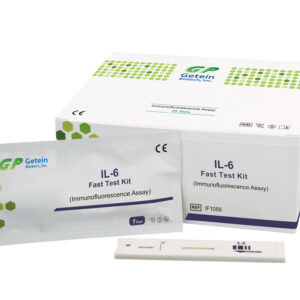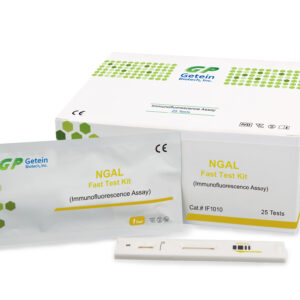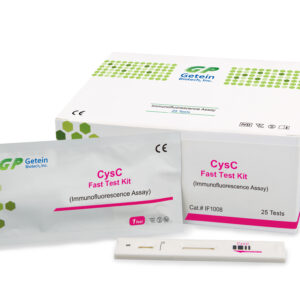Description
Hepatitis B is an infection of the liver caused by the Hepatitis B Virus (HBV). HBV is transmitted by exposure to infectious blood or body fluids (e.g. saliva, semen). Forms of transmission include unprotected sexual activity, blood transfusion, mother-to-infant transmission, or consuming contaminated food.
The average incubation period for HBV infection is 6 to 8 weeks (ranges from 1 to 6 months). Common clinical symptoms include malaise, fever, gastroenteritis, and icterus. In adults, 90% to 95% of patients with HBV infection completely recover from acute illness and clear the virus, approximately 5% to 10% of patients with HBV become chronic carriers. HBAg is a coat protein of hepatitis B virus. It is composed of mixed polypeptides, containing lipids, sugars and proteins. It has strong resistance to low temperature and is not contagious itself. However, its appearance is often accompanied by the presence of hepatitis B virus, so it is a sign that it has been infected with hepatitis B virus. It can be present in the patient’s blood, saliva, milk, sweat, tears, nasopharyngeal secretions, semen and vaginal secretions. It is estimated that over 300 million people worldwide are chronic carriers of the virus.
HBsAg usually appears 1 to 2 weeks after infection with hepatitis B virus. Most patients with acute hepatitis B can turn negative in the early stage of the disease, and this indicator can be positive for patients with chronic hepatitis B. This kit is for the detection of HBsAg and is suitable for blood supply screening and auxiliary diagnosis of clinical hepatitis B virus infection. HBAg is observed in persons with acute and chronic hepatitis B infections.





